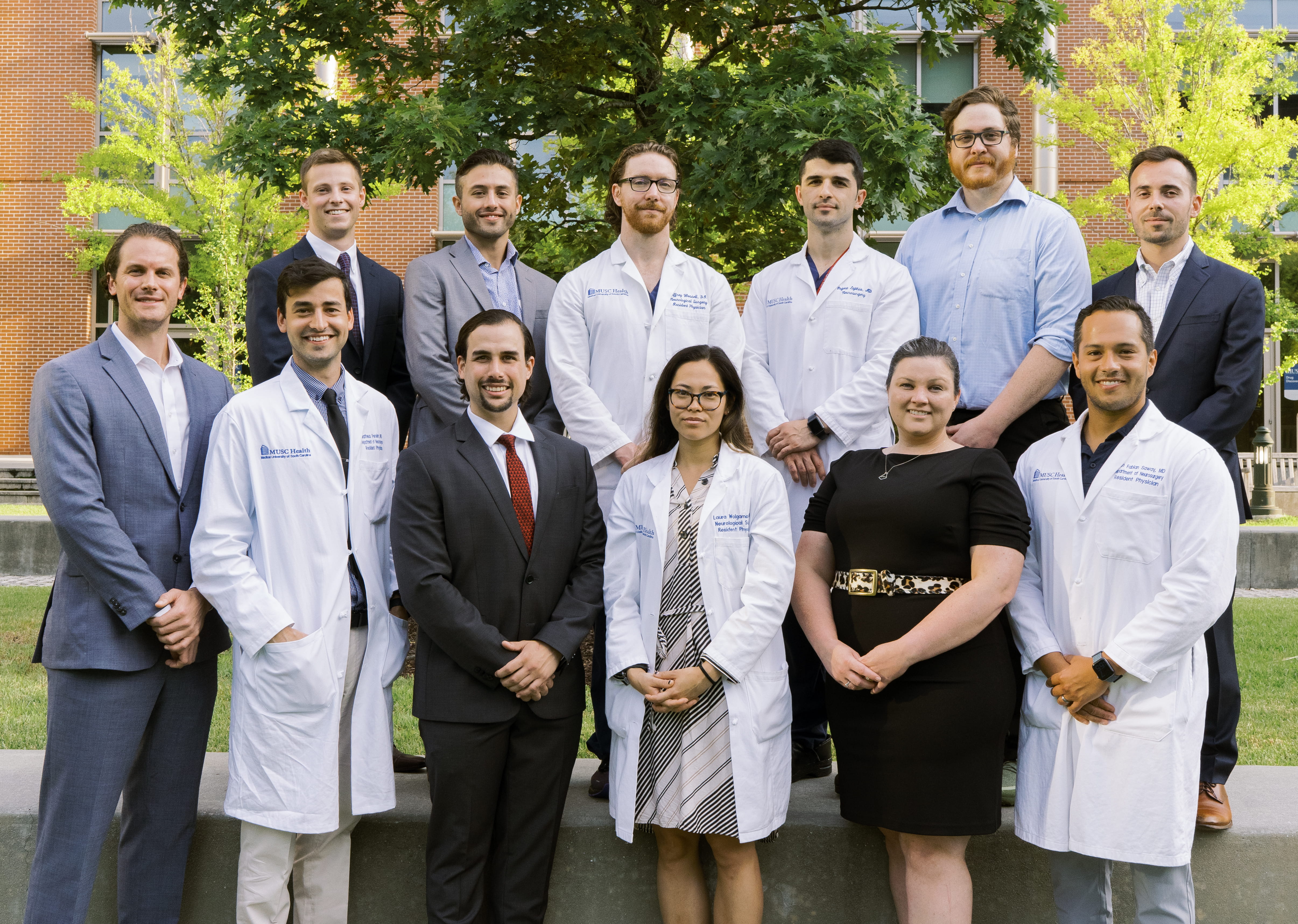Report on Carbon Sequestration Legislation and its Implications for Sustainable Development Goals in Illinois
Executive Summary
A legislative initiative in Illinois to prohibit carbon sequestration activities beneath sole-source aquifers has created a significant policy dilemma, pitting two critical United Nations Sustainable Development Goals (SDGs) against each other. The proposed ban, which has passed the General Assembly, prioritizes the protection of water resources as outlined in SDG 6 (Clean Water and Sanitation). However, it challenges the deployment of carbon capture and storage (CCS) technology, a tool considered by many scientists to be essential for achieving SDG 13 (Climate Action). This report analyzes the technical, environmental, and policy dimensions of this conflict, focusing on the Mahomet Aquifer, a vital water source for over 800,000 people.
Legislative Action and Stakeholder Conflict
H3: Proposed Ban on Sub-Aquifer Carbon Injection
A bill passed with strong bipartisan support in the Illinois General Assembly seeks to ban the injection of carbon dioxide for sequestration in the geological formations directly under sole-source aquifers. The legislation is now awaiting action from the Governor. The primary motivation behind the bill is the protection of the Mahomet Aquifer, with policymakers expressing concerns over potential contamination of a critical drinking water supply. This legislative action directly addresses the aims of SDG 6, which calls for ensuring the availability and sustainable management of water and sanitation for all.
- State Rep. Carol Ammons (D-Urbana): “It’s about our community being able to turn the water faucet on and drink water from that tap that is not contaminated with any toxins whatsoever.”
- Prairie Rivers Network: The environmental advocacy group has raised concerns that CO2 leakage could alter water chemistry, potentially mobilizing pollutants and threatening public water supplies, thereby undermining community resilience as targeted in SDG 11 (Sustainable Cities and Communities).
H3: Scientific Support for Carbon Sequestration as a Climate Solution
In contrast, many scientific experts argue that CCS is a safe and necessary technology for mitigating climate change, directly supporting SDG 13 (Climate Action). Carbon dioxide constitutes nearly 80% of U.S. greenhouse gas emissions, and CCS offers a method to prevent it from entering the atmosphere. Proponents assert that the risks to water supplies are negligible when projects are properly engineered and regulated.
- Randy Locke, Illinois State Geological Survey: Emphasizes that CCS technology allows industries, such as ethanol producers, to reduce their carbon footprint, contributing to SDG 9 (Industry, Innovation, and Infrastructure) by retrofitting industrial processes for sustainability.
- Susan Hovorka, University of Texas at Austin: States that extensive research has demonstrated that the risk to water resources is “truly negligible” and that management techniques are effective.
Technical Assessment of Carbon Capture and Storage (CCS)
H3: The Geological Storage Process
The CCS process involves capturing CO2 from industrial sources, compressing it, and injecting it deep underground into porous rock formations. In Illinois, the Mount Simon Sandstone formation, located over a mile beneath the surface, is considered a prime site for this storage.
- CO2 is captured from an industrial source (e.g., power generation, ethanol production).
- The gas is compressed into a liquid-like state.
- It is injected deep underground into suitable geological formations for permanent storage.
H3: Engineered and Natural Safeguards
Scientists point to multiple layers of protection designed to prevent contamination of aquifers, thereby aligning the objectives of SDG 13 with the protective measures of SDG 6.
- Geological Separation: The storage reservoirs are located thousands of feet below freshwater aquifers like the Mahomet.
- Impermeable Cap Rock: A thick layer of non-porous rock, referred to as a “seal,” sits above the storage formation, acting as a natural barrier to prevent upward migration of CO2.
- Well Integrity: Injection wells are constructed with multiple layers of steel and concrete casing to prevent any leakage as they pass through aquifers.
Risk Analysis and SDG Alignment
H3: Perceived vs. Assessed Risk to Water Resources
The core of the debate centers on the potential for CCS projects to compromise water quality. While incidents such as equipment malfunctions at an Archer Daniels Midland facility in Decatur have heightened public concern, official reports confirmed that these leaks occurred deep underground and did not impact drinking water sources. Research indicates that while CO2 leakage could theoretically mobilize naturally occurring elements like arsenic, the effects are highly dependent on site-specific geology and are generally considered minimal. Susan Hovorka notes that the risk to the Mahomet Aquifer from uncontrolled climate change—such as droughts and floods resulting from a failure to meet SDG 13—is far more severe than the risk posed by properly managed CCS technology.
H3: Future Outlook and Policy Implications
The use of CCS is expanding as a key climate mitigation strategy, with 24 well applications currently under review by the EPA in Illinois. The decision on the pending legislation will have profound implications for the state’s ability to contribute to national and global climate targets. The outcome will serve as a critical case study in navigating the complex trade-offs between advancing innovative infrastructure for SDG 9 and SDG 13, while upholding the fundamental commitment to safe water for all under SDG 6. Should the Governor veto the bill, lawmakers have indicated they may possess the support needed for an override, ensuring this debate over sustainable development priorities will continue.
SDGs Addressed in the Article
-
SDG 6: Clean Water and Sanitation
- The article’s central conflict revolves around protecting the Mahomet Aquifer, described as “the primary source of water for over 800,000 people.” The debate focuses on the potential risk of contamination from carbon sequestration activities, directly linking to the goal of ensuring access to safe drinking water. State Rep. Carol Ammons’ quote, “It’s about our community being able to turn the water faucet on and drink water from that tap that is not contaminated with any toxins whatsoever,” explicitly highlights this connection.
-
SDG 13: Climate Action
- Carbon sequestration is presented as a primary tool for “tackling climate change.” The article states that this approach is considered necessary because “carbon dioxide makes up nearly 80 percent of all greenhouse gas emissions in the United States.” The entire discussion of capturing CO2 from industrial sources and storing it underground is a direct measure aimed at mitigating climate change.
-
SDG 9: Industry, Innovation, and Infrastructure
- The article discusses carbon sequestration as an innovative technology applied to industrial processes. It mentions capturing CO2 from sources like “an ethanol facility” and developing the necessary infrastructure, such as injection wells (“24 well applications are currently under review by the EPA in Illinois”), to make these industries more sustainable by reducing their emissions.
-
SDG 15: Life on Land
- The article addresses the protection of a critical inland freshwater ecosystem, the Mahomet Aquifer. The debate over the bill to “ban carbon sequestration under sole-source aquifers” is a direct effort to conserve this natural resource. The discussion about the geology, including the “Mount Simon Sandstone formation” and the “cap rock” seal, pertains to the management and protection of terrestrial and subterranean ecosystems.
-
SDG 11: Sustainable Cities and Communities
- The potential impact on the community relying on the aquifer is a key theme. The article notes the aquifer is a “sole-source” for a large population, and contamination could lead to significant consequences, such as wells having to be “shut down and be relocated.” This connects to making human settlements inclusive, safe, resilient, and sustainable by protecting essential services like water supply.
Specific SDG Targets Identified
-
Target 6.1: Achieve universal and equitable access to safe and affordable drinking water for all.
- This target is relevant because the core concern of policymakers and advocacy groups like the Prairie Rivers Network is that carbon sequestration could contaminate the Mahomet Aquifer, jeopardizing the safety of the water supply for 800,000 people.
-
Target 6.6: Protect and restore water-related ecosystems, including… aquifers.
- The article is fundamentally about the protection of the Mahomet Aquifer. The proposed legislation and the advocacy efforts are aimed at preventing potential damage to this specific water-related ecosystem from industrial activities.
-
Target 13.2: Integrate climate change measures into national policies, strategies and planning.
- The Illinois bill to ban or regulate carbon sequestration is a clear example of integrating climate change-related measures into state-level policy and planning. The debate between lawmakers, scientists, and the public reflects this integration process.
-
Target 9.4: Upgrade infrastructure and retrofit industries to make them sustainable.
- The article describes carbon sequestration as a technology that allows manufacturers, such as ethanol producers, to retrofit their operations. The process of capturing CO2 and injecting it underground is an upgrade designed to make the industry more environmentally sustainable by reducing greenhouse gas emissions.
-
Target 15.1: Ensure the conservation, restoration and sustainable use of terrestrial and inland freshwater ecosystems and their services.
- This target is addressed through the efforts to protect the Mahomet Aquifer, a vital inland freshwater ecosystem. The “sole-source designation” mentioned in the article underscores its importance and the need for its conservation.
Indicators for Measuring Progress
-
Water Quality Measurements
- The article implies the use of water quality indicators. The concern about water “contaminated with any toxins whatsoever” and the potential for CO2 leaks to cause “chemical constituents… [to] start leaching pollutants” like arsenic suggests that progress would be measured by testing for such contaminants. The mention of “changing water chemistry” and “pH ranges” points to specific chemical indicators that could be monitored.
-
Greenhouse Gas Emissions Data
- The article explicitly mentions a key indicator: “carbon dioxide makes up nearly 80 percent of all greenhouse gas emissions in the United States.” Measuring the amount of CO2 captured and prevented from entering the atmosphere is the primary indicator for the success of carbon sequestration as a climate action tool.
-
Number of People Served by a Protected Water Source
- The article states the Mahomet Aquifer is the “primary source of water for over 800,000 people.” This number serves as an indicator of the scale of the population whose water security is being protected, which is a measure of progress towards ensuring safe water for communities.
-
Number of Carbon Sequestration Projects/Permits
- The article mentions that “24 well applications are currently under review by the EPA in Illinois.” This number is a direct indicator of the expansion of carbon capture infrastructure and can be used to track the implementation of this technology under SDG 9.
SDGs, Targets, and Indicators Analysis
| SDGs | Targets | Indicators |
|---|---|---|
| SDG 6: Clean Water and Sanitation | 6.1: Achieve universal and equitable access to safe and affordable drinking water for all.
6.6: Protect and restore water-related ecosystems, including… aquifers. |
– Presence of contaminants (e.g., arsenic, toxins) in water. – Water chemistry and pH levels. – Number of people served by the sole-source aquifer (800,000). |
| SDG 13: Climate Action | 13.2: Integrate climate change measures into national policies, strategies and planning. | – Percentage of total greenhouse gases from CO2 (nearly 80%). – Amount of CO2 captured and stored. – Enactment of policies/bills related to climate mitigation technologies. |
| SDG 9: Industry, Innovation, and Infrastructure | 9.4: Upgrade infrastructure and retrofit industries to make them sustainable. | – Number of industrial facilities (e.g., ethanol plants) using carbon capture. – Number of carbon injection well applications under review (24 in Illinois). |
| SDG 15: Life on Land | 15.1: Ensure the conservation, restoration and sustainable use of terrestrial and inland freshwater ecosystems. | – Legal protection status of key ecosystems (e.g., bill to ban sequestration under sole-source aquifers). |
| SDG 11: Sustainable Cities and Communities | 11.5: Significantly reduce the number of people affected… by water-related disasters. | – Number of people reliant on a potentially vulnerable water source (800,000). |
Source: ipmnewsroom.org







